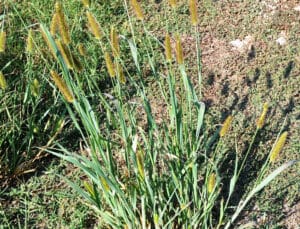Cercis canadensis
Description
Prized for its vibrant, purple-pink flowers that welcome the warmer months, the Eastern Redbud marks the change from winter to spring. In fact, it’s one of the first trees to bloom each year and it blooms on old wood, offering a breath of fresh air after the cold season.
But despite its delicate appearance, the Eastern Redbud is incredibly strong. It can thrive as far west as California, in parts of Florida, and even up north. It’s hardy down to -20 degrees and resists ice damage with ease. Plus, it’s adaptable to most soil types. You get its rounded, dense canopy, unique branching, and four seasons of color, with leaves that change throughout the season…without the upkeep and guesswork.
Even better is the Eastern Redbud’s ability to fit into smaller landscapes. Regardless of the space in your garden, you get the Redbud’s blankets of blooms, vibrant foliage, and unique spreading silhouette. Nothing can stop the Redbud from delivering blazing color in spring, summer, and fall.
Planting
Select an area with well-drained soil and full sun to partial sun (4 to 6 hours of direct sunlight with some afternoon shade).
Dig a hole twice as wide as the diameter and as deep as your tree’s root ball. Place your tree, backfill the soil, and water to settle the tree’s roots. Finally, spread 3 to 4 inches of mulch over the planting site to conserve moisture.
Watering
During the first year, water your tree about once or twice weekly. If you’re not sure when to water, check the surrounding soil to about 3 inches down. If the soil is dry here, it’s time to water your tree. After the first year, your Redbud can thrive on rainfall alone, but we recommend that you continue to check the soil. Soil should remain moist about 3 inches down.
Fertilizing
In early spring, apply compost or a complete fertilizer, such as 5-10-5. Spread evenly around the root zone of the plant according to the label instructions.
Pruning
Prune the tree in early summer after the tree is done blooming. Begin by removing any larger lower branches and branches that cross over each other or rub together. Cut off the branches close to the trunk without leaving any stubs. If several branches need to be removed, remove gradually over a few months. In late winter, prune any dead or damaged wood and remove any shoots that are growing from the bottom of the trunk.
| Growing Information | |
| Mature Height: | 20-30 ft |
| Mature Width: | 10-15 ft |
| Sunlight: | Full to Partial Sun |
| Bloom Time: | |
| Growth Rate: | Moderate |
| Grows Well in Zones: | 4-9 |
| Your Growing Zone: | 6 |





